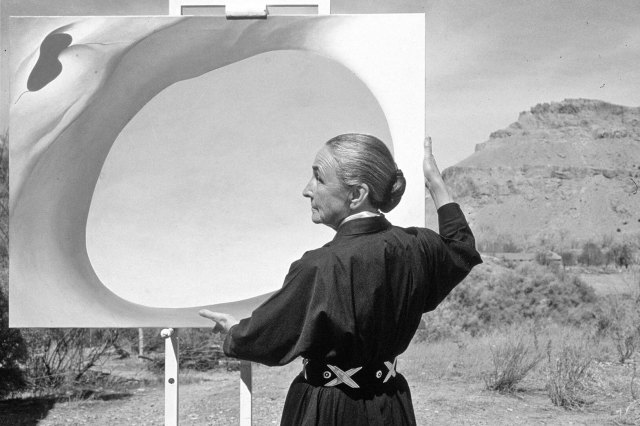Some ancient languages have never been deciphered.
The discovery of the Rosetta Stone — an artifact featuring an inscription written in three ancient scripts — allowed Egyptologists to translate previously unintelligible hieroglyphics into fascinating facts of history. But when it comes to understanding ancient cultures through language, Egypt is a somewhat rare case. Experts still can’t decipher dozens of ancient languages, including the script of the Rapa Nui on Easter Island, texts belonging to the Olmec and Zapotec cultures in Mesoamerica, and the tongues of some of the oldest civilizations in history.
One such civilization is the Kingdom of Kush, which flourished in Nubia (modern-day Sudan and southern Egypt) from around 1070 BCE to 350 CE. The kingdom rivaled ancient Egypt in splendor, but scholars can’t crack its language, named Meroitic for the capital city of Meroë. Another incredible example takes us eastward to the Minoan civilization that lived on the island of Crete, a culture that predated and inspired the ancient Greeks. Linguists have yet to fully decipher the texts, written in Linear A, that survive from this once-great Mediterranean power. But perhaps the greatest missing linguistic link is the Indus Valley language, spoken by the people who lived along the Indus River in modern-day Pakistan as far back as 7000 BCE. Although it rivaled other great civilizations such as ancient Egypt and Mesopotamia, little is known about this early society, as its language has yet to be deciphered. Linguists hope that one day some ancient tablet, likely buried beneath the sands of Iraq or along the coast of Arabia, will contain a Rosetta Stone-like translation that finally brings to light this influential civilization whose voice has been lost to time.















